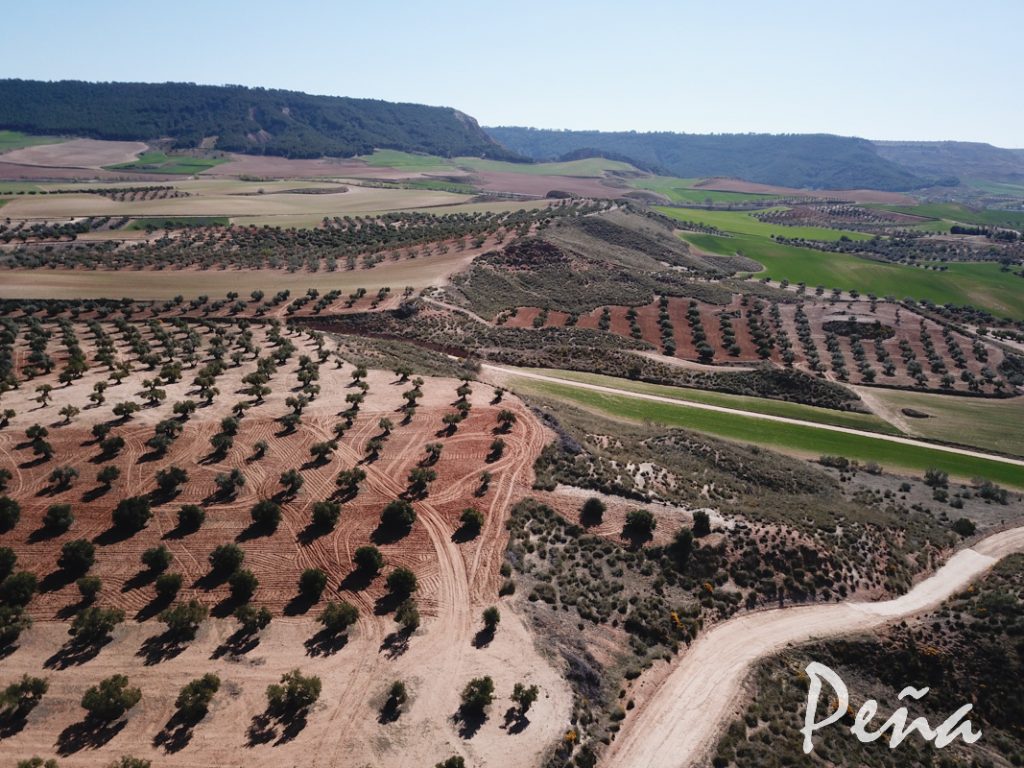Relict slopes and palaeovalleys at Taracena-Guadalajara (Central Spain): Geomorphological and palaeogeographical interpretation.
Peña-Monné, J.L., Rubio-Fernández, V., Sampietro-Vattuone, M.M., García Giménez, R., 2019. Relict slopes and palaeovalleys at Taracena-Guadalajara (Central Spain): Geomorphological and palaeogeographical interpretation. Palaeogeography, Palaeoclimatology, Palaeoecology, 540,106855 https://doi.org/10.1016/j.yebeh.2019.106855 |

ABSTRACT.
Relict talus slopes are of great interest for the reconstruction of Quaternary paleoenvironments. In this study, a special type of talus slope found in the central zone of the Iberian Peninsula is analyzed, which we will refer to as a talus-palaeovalley alignment. These are talus sequences that conserve the intermediate paleovalleys, and are arranged in parallel alignments that are separated by the tributary streams of the Henares River. This special arrangement could explain the accelerated transformation of the Pleistocene talus, with very much higher scarp retreat rates than those recorded in the bibliography. The chronologies obtained using optically stimulated luminescence (OSL) in several of the six differentiated stages (S1-S6) are placed in relation to various climatic reconstructions of the Pleistocene, and especially, with the glacial phases of the Pyrenees (with which they show good temporal correlations). A further two stages of talus flatirons (S7 and S8) which developed during the Holocene at the foot of the older talus are studied. Independent accumulations also formed at the foot of the main scarps (Muela de Alarilla and Valdenoches). The chronology provided by archaeological remains and radiocarbon dating place their formation in the Iron Age Cold Epoch and the Little Ice Age (LIA), respectively.



